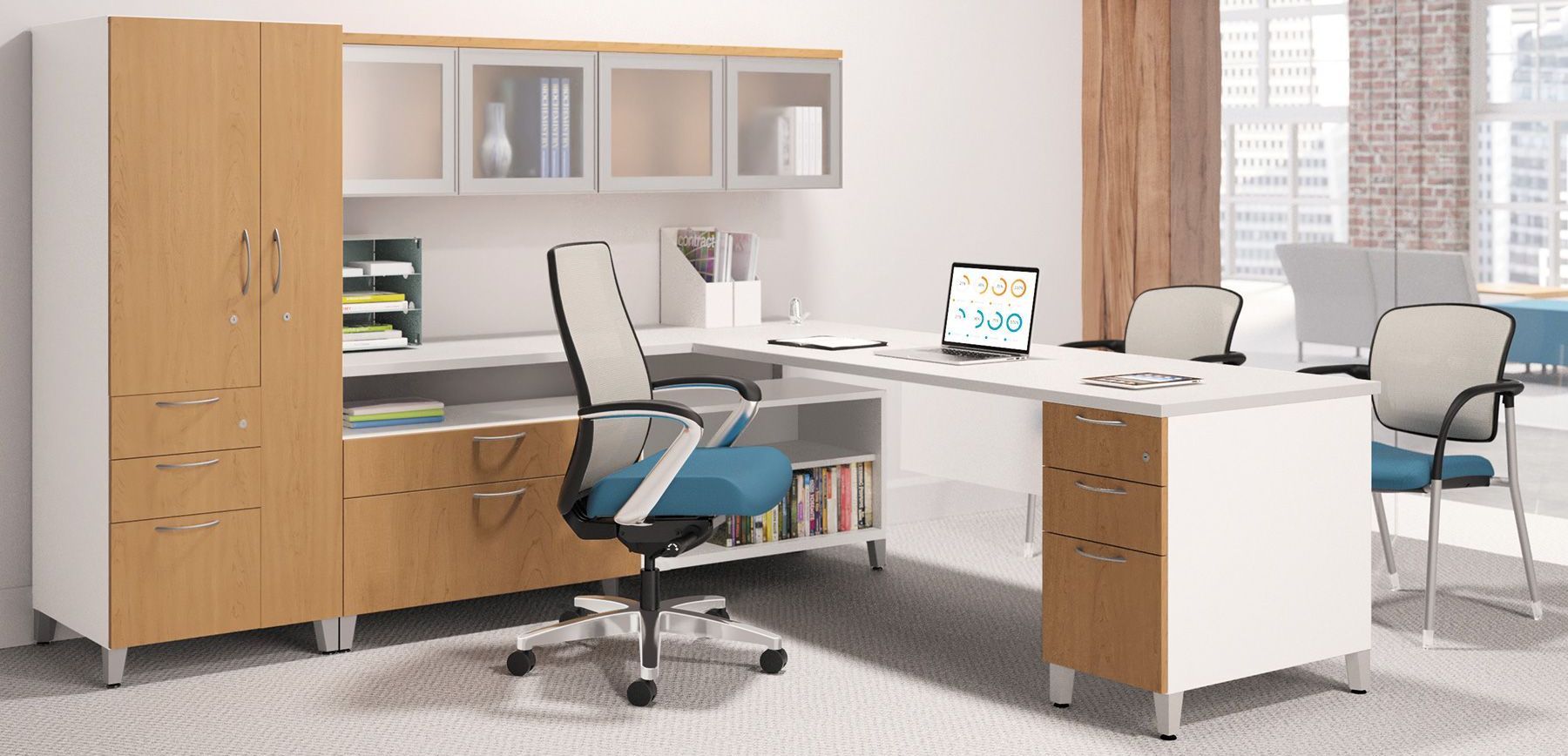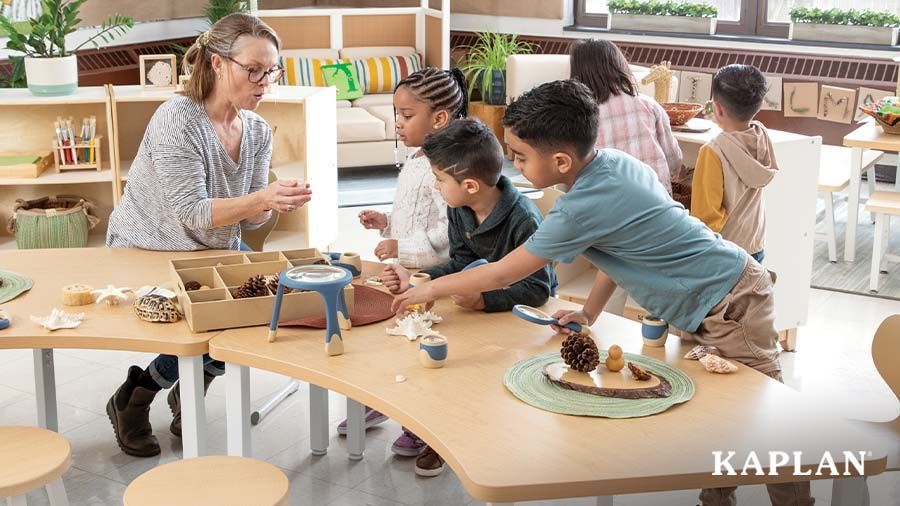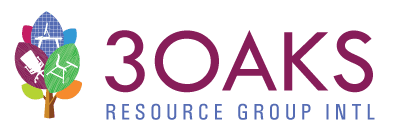Top 5 Essentials for Designing School Admin Offices
School administrative offices are the heartbeat of any educational institution, managing daily operations, fostering communication, and serving as the first impression for visitors.

Thoughtfully designed admin spaces can significantly impact efficiency, comfort, and morale. When planning these spaces, it's essential to focus on ergonomics, functionality, and aesthetics. Here are the top five furniture essentials for designing school administrative offices, paired with insights on how to select pieces that offer style, durability, and flexibility.
1. Ergonomic Workstations
A well-designed workstation is critical for administrators who spend long hours managing paperwork, emails, and meetings. Adjustable desks and ergonomic chairs are must-haves. Look for chairs with lumbar support, adjustable height, and armrests. Pair these with sit-stand desks that allow employees to switch between sitting and standing positions throughout the day, promoting better posture and reducing fatigue.
Recommended Features:
Chairs: Adjustable height, breathable mesh backrests, and swivel functionality.
Desks: Sit-stand options with ample surface area for multiple monitors and essential tools.
Accessories: Monitor arms, keyboard trays, and anti-fatigue mats for standing desks.
2. Efficient Storage Systems
A clutter-free office supports productivity and minimizes stress. Storage solutions such as filing cabinets, shelving units, and digital filing systems should be incorporated to meet organizational needs. Consider lockable cabinets for confidential documents and open shelving for frequently accessed materials.
Recommended Storage Solutions:
Metal or wooden file cabinets with soft-close drawers.
Modular shelving units that can adapt as storage needs change.
Wall-mounted storage to save floor space.
3. Welcoming Reception Areas
The reception area serves as the school's first point of contact for parents, visitors, and potential students. Creating a welcoming and professional environment is crucial. Comfortable seating, a sturdy and stylish reception desk, and occasional tables for literature or decorations can enhance the experience.
Recommended Furniture:
Lounge chairs with supportive cushioning and durable upholstery.
Reception desks with built-in storage and cable management features.
Side tables made of easy-to-clean materials like laminate or glass.
4. Private Meeting Spaces
Confidential meetings with parents, staff, or board members require dedicated spaces equipped for comfort and discretion. These rooms should include soundproofing elements, flexible seating arrangements, and technology-friendly furniture.
Recommended Features
Conference tables with built-in power outlets and cable management.
Comfortable chairs with padded seats for extended discussions.
Acoustic panels or soundproof dividers for privacy.
5. A Balance of Function and Aesthetics
Functionality should never come at the expense of aesthetics. A well-designed admin office inspires confidence and creates a positive atmosphere. Choose furniture that balances professional productivity with inviting design elements. Incorporate warm tones, soft lighting, and natural materials to foster a sense of calm and focus.
Design Tips:
Use cohesive color schemes and materials across desks, chairs, and storage to create a unified look.
Integrate greenery or artwork to add warmth and personality.
Opt for furniture with clean lines and modern finishes for a timeless appeal.
Why Choose 3 Oaks Group for Your Furniture Needs?
With access to over 100 trusted vendors, we provide tailored solutions for every school space. From ergonomic workstations to stylish reception furniture, we can outfit your administrative offices with confidence, durability, and style. Our experts ensure each piece aligns with your school's vision, helping you create functional and inspiring spaces at dealer direct pricing.











